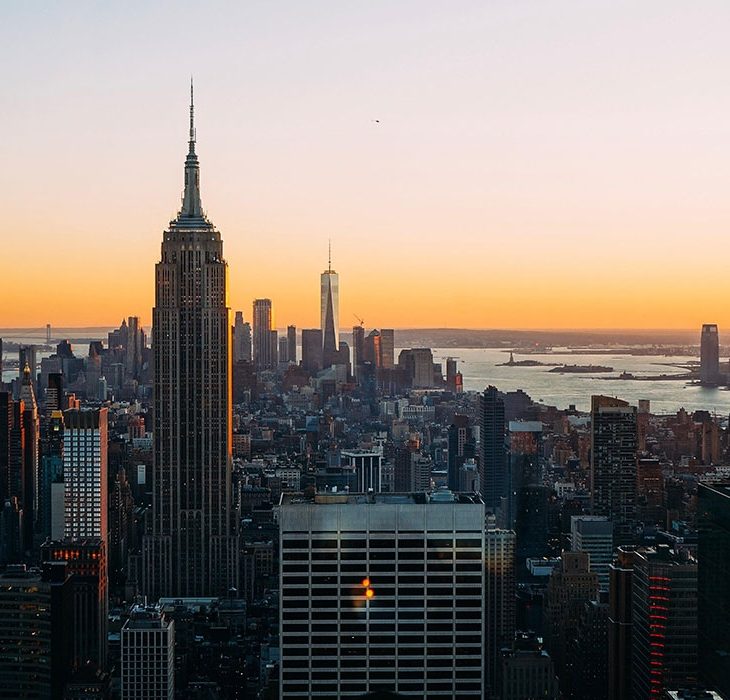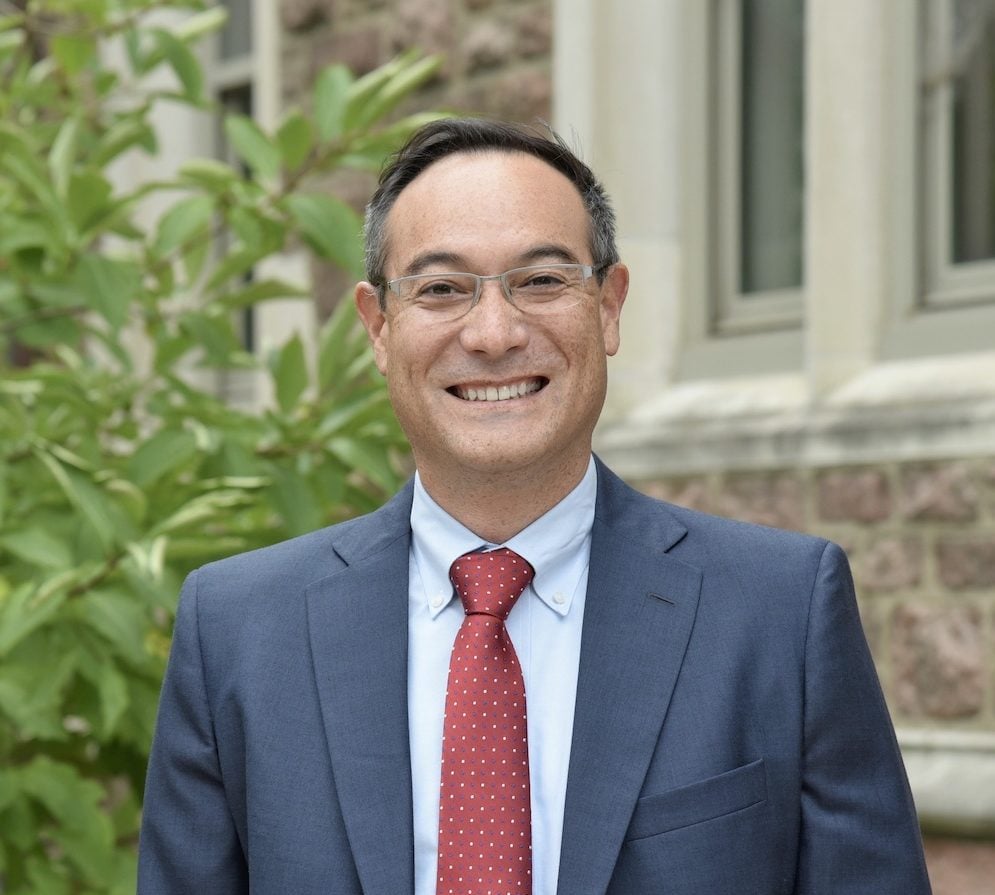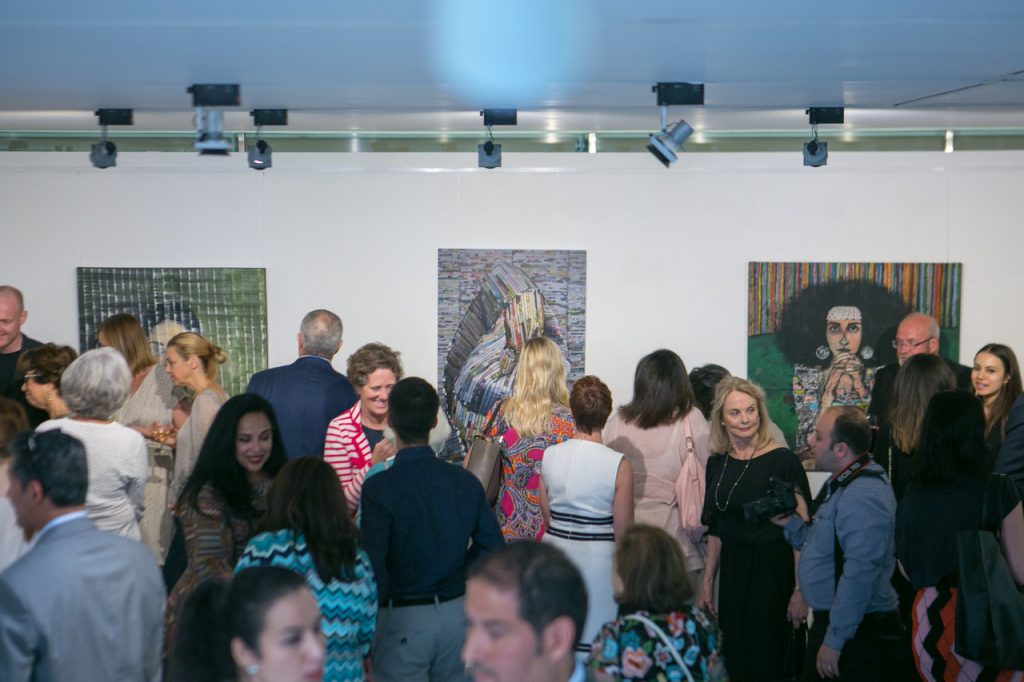Living Easter In Our Time of Covid-19
April 10, 2020

Ten years ago, when serving as Associate Dean of Religious Life at Princeton University, I brought student deacons from the University Chapel to New York City to spend Good Friday in the area around Port Authority and Times Square. As night fell, we meditated on the suffering of Jesus on the Cross and God’s great compassion for the ongoing suffering of the world. Each student was asked to go into the neighborhood to discover where Christ continued to be crucified in our world today. The students came back having recognized Christ begging, broken and despised on the streets of Times Square. They saw the crucifixion taking place again in their time in the lives of people suffering without homes, people struggling with addiction, people demeaned by the crowds, people whose eyes revealed loneliness, hopelessness and sorrow.
After another time of prayer, the students returned to the streets, with an invitation to seek out signs of the resurrection and the spirit of Christ in the world. With new eyes they saw small kindnesses, they saw love expressed, saw creative and artistic beauty, saw protests for justice, and even buds of spring flowers poking through trash filled gardens. And their vision inspired their own action. Instead of passing by people begging for food, they stopped and asked them about their life, they saw them as a fellow human and offered whatever assistance they could. With eyes to see, and ears to hear, they recognized Christ in their midst both broken and risen and they themselves became agents of redemption.
I’m thinking of that experience of recognizing both the crucifixion and the resurrection in this terrible and frightening moment of Holy Week in the time of Covid-19. The crowds are gone from the streets this Good Friday in New York City, but the crucifixions are rampant, as suffering and the death is happening all around us. Good Friday this year will feel very close and real for many of us, who have already lost loved ones, and who are ourselves, struggling for life, asking, as Jesus did on the cross, God, why have you forsaken us? There is no rushing through Good Friday to get to Easter this year, we must stay with the injustice, the frustration, the tears. We are forced to stay and become familiar with its desolation and heartbreak, like the women who stayed with Jesus at the cross, testifying to the horror of loss of their beloved son, friend, savior.
Yet, the crucifixion of Jesus is not the end of the story and it cannot be the end of ours. The women who were the last to stay with Jesus at the cross, were the first to see Jesus resurrected. This year I have heard less discussion of Maundy Thursday, that commemorates the last supper of Jesus with his disciples. It is called Maundy Thursday, because it is the time when Jesus gives the great commandment that we are to love one another, even as Jesus loved us. This commandment to love is the bridge between Good Friday and Easter, and it is our path from our current suffering into a new, and hopefully better world after this pandemic.
Even as we are living through catastrophe, we can see all the good, the service, the kindness, the sacrifice that people are making for one another. Recognizing this life, this hope, this resurrection, this sacred Spirit, this embodied love moving in our midst, does not erase the pain of Covid-19. It does not make disappear the makeshift anonymous graves, the unequal suffering of black and brown bodies and working-class bodies, the devastated families, and ongoing struggles for breath, for life in the ICU. Easter does not erase the crucifixion. Rather Easter insists on life, insists on hope, it insists on the commandment to love as the Divine response. The tears that fill our eyes must be used to clear our vision to see the Spirit of Easter, the power of life, and our role in God’s work to heal, to comfort and to bring life, even in the midst of this pandemic. We are to take our place in the ongoing story of Easter wherever we are.
Of course, stories of the power of life, liberation and love are not unique to the Christian tradition. On Wednesday night, I observed Passover with my beloved Jewish cousins in a virtual Seder in which we remembered the terrible pain of the Jewish people in slavery and throughout the history of the Jewish people, and yet Passover is a story of the liberation and enduring life of the Jewish people and tradition. This theme of light over shadow, life over death, justice over oppression, love over hate can be found throughout the great religious and philosophic traditions and we must call upon that wisdom today. In my life, I have had dear friends and colleagues from a wide range of religious traditions – Sikhs, Pagans, Buddhists, Muslims, Hindus, as well as no religious tradition. My life has been made richer by my deep love and solidarity with literally everyone from atheists to Zoroastrians. And in this time, I call upon all of us to join together in love. This pandemic and economic devastation will not, cannot be the end of us, we will rise, we will be agents of Divine love and life in our world.
May the Spirit of Easter, the Power of Passover, the Resilience of Ramadan, the Inspiration of Rama Navami, the Promise of Vaisakhi and every other holy day give you strength for the living of these days. May you be blessed and a blessing, finding and giving life, even in the midst of death. May we take part in the extraordinary, creative, Divine Spirit that insists on new life, and the triumph of love even now, in our time.
Share
Related Articles
American Civic Life
American Civic Life
American Civic Life
Faith Based Efforts Work in Vaccine Uptake: Now Let’s Make it Easy



